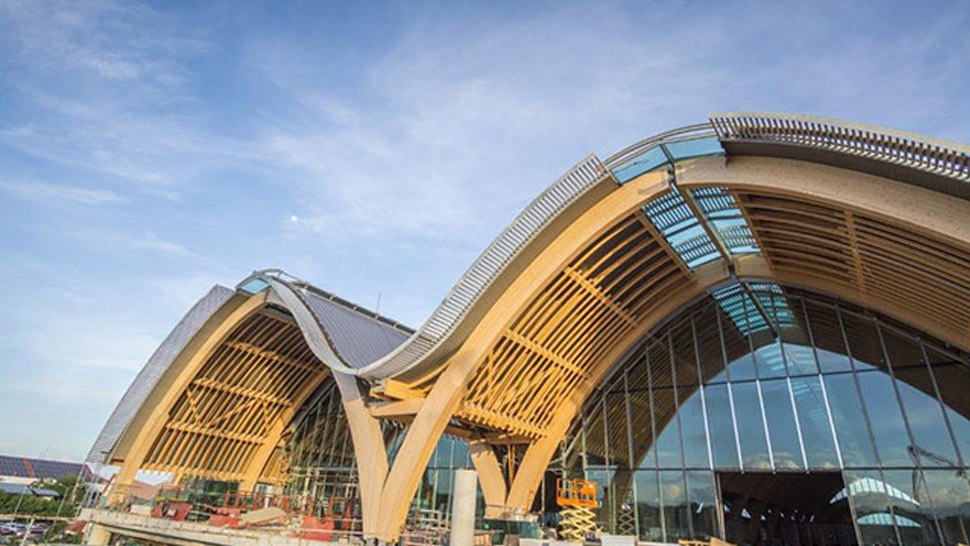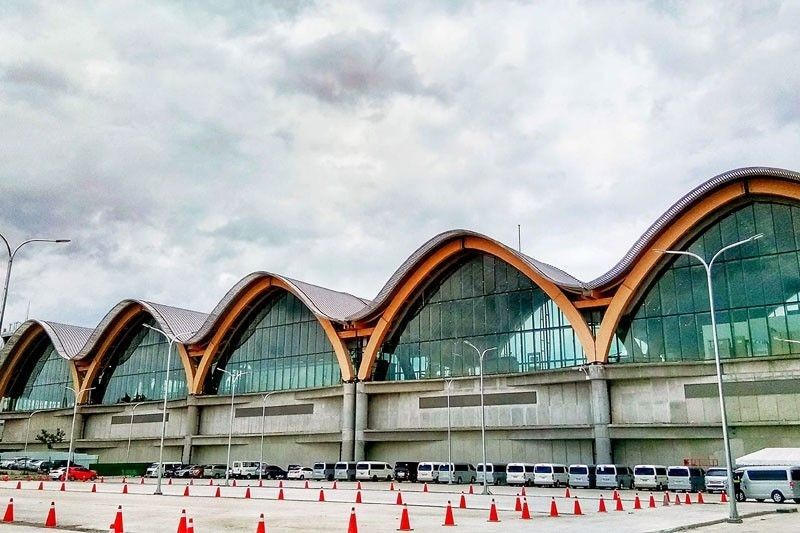The Center for Asia Pacific (CAPA) Aviation Awards recently named the Mactan-Cebu International Airport (MCIA) as Asia Pacific Medium Airport of the Year.
It was selected among airports with over 10 million annual passengers for having been the biggest standout strategically, “establishing itself as a leader” and “doing the most to advance the progress of the aviation industry.”
The country’s resort airport joined Korea and Malaysian airports among the best gateways in the region. Incheon International Airport was awarded as Asia Pacific Large Airport of the Year while Malaysia’s Senai International Airport was recognized as Asia Pacific Small Airport of the Year.
MCIA, a gateway to the central and southern Philippines has positioned itself “true to its destination,” according to Louie Ferrer, President of GMR MEGAWIDE Cebu Airport Corporation (GMCAC).
“While most other airports choose modern structures made of glass and steel structures, we stayed true to our island resort identity, with Cebu being one of the world’s favorite resort destinations.”
This was the second time that MCIA was recognized by CAPA in the last four years. In 2016, MCIA was named Asia Pacific Small Airport of the Year, just two years after private developer GMCAC assumed landside operations under a 25-year Public-Private Partnership (PPP) agreement.
“The progress of MCIA can really be attributed to the partnership that the airport has cultivated with its community,” he added.
“By focusing on strategic airline and destination marketing initiatives, and collaborating closely with stakeholders in Government and the private sector, we have been able to increase Cebu’s connectivity and passenger traffic significantly.”
Meanwhile, MCIAA General Manager Steve Dicdican described the project as the model of a successful airport PPP.
“The opening of the new international terminal follows a highly successful privatization, positioning the airport for rapid growth and making MCIA a model for other airports in the Philippines and throughout Asia as potential PPP opportunities are evaluated,” he pointed out.

In the first nine months of this year, MCIA accommodated 8.6 million passengers compared with 7.5 million in the same period last year as a result of aggressive airline marketing efforts to increase domestic and international flights in and out of Cebu.
Domestic passengers continue to account for the bulk of the total at 66% while International passengers accounted for 34%.
GMCAC previously announced that it had opened 15 new routes in 2018, 12 of those from China.
The company also reported an increase in the frequencies of international flights which corresponded with the opening of MCIA’s new international terminal (Terminal 2) last July 1, 2018.

Last October, Sichuan Airlines increased flights to Chongqing from 4x weekly to daily, while Philippine Airlines increased flights to Nagoya from 3x to 4x weekly. Meanwhile, Cebu Pacific has increased flights to Hong Kong from daily to 10x weekly starting November 26; and flights to Tokyo Narita from 4x weekly to daily starting December 1.
As for new flights, Tiger Taiwan started Cebu to Taipei 4x weekly flights last December 2. Cebu Pacific will start operating 4x weekly Cebu to Macau flights on December 7. Korean low-cost carrier Jeju Air, meanwhile, will commence 5x weekly operations between Cebu and Muan, South Korea starting December 21.
Currently, MCIA is connected to 33 domestic destinations and 22 international destinations, with 9 domestic airline partners and 24 international airline partners.



















